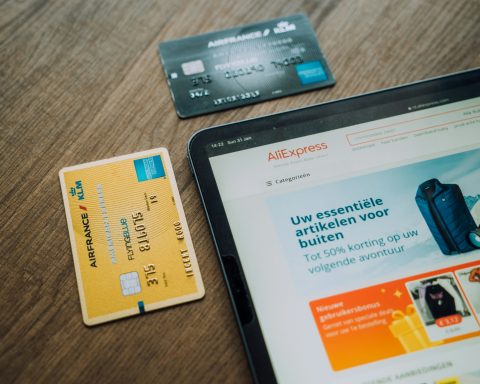Chandeliers enhance the ambiance, style, and functionality of a room. They can make a bold declaration of luxury in foyers, living rooms, and dining areas. There are several things to consider when choosing a chandelier, from the type of room it will illuminate to practicalities like size.
Width for Living Rooms
Room size plays a crucial role in determining the appropriate size of the chandelier. A general formula to remember for living rooms is to add the length and width of the room in feet and then convert that number into inches. This figure gives you an ideal width for your chandelier. For example, a 12-foot by 16-foot room would work best with a chandelier that’s approximately 28 inches wide.
To calculate the optimal vertical length from the ceiling to the lowest tip of the fixture, take the ceiling height in feet and multiply by 2.5, converting this number into inches. This calculation ensures that the chandelier is proportional in height as well. So for a room with a 10-foot ceiling, look for a chandelier that’s about 25 inches tall.
If you’re installing a chandelier in a large living room with several seating areas, use the largest central seating area as the room size to calculate the width of the chandelier.
Table Size in Dining Rooms
For dining rooms, the chandelier should complement the table over which it hangs. A good rule of thumb is to choose a chandelier no more than one-half to two-thirds the width of the table. This guideline helps achieve balance in the room, ensuring a chandelier that’s neither too overpowering nor too insignificant.
Brightness, Glare, and Dimmability
A chandelier should provide sufficient light for the space without overwhelming the room’s ambience. Look for fixtures and bulbs that work with dimmer switches. Dimmability not only enhances the mood of the room but also extends the life of your bulbs and can save energy.
Traditional or Contemporary Style
Chandeliers have a long and storied history, which provides excellent references for design, from traditional to modern styles. Your chandelier should reflect your home’s overall style. Traditional designs often feature intricate details, glittering crystals, and curves, evoking a sense of elegance and timelessness.
On the other hand, contemporary styles lean toward clean lines, minimalism, and modern materials. Consider the décor of the room where the chandelier will hang, and select a style that complements it.
Use a Chandelier as Part of a Layered Approach to Lighting
A chandelier shouldn’t be the sole source of light in a room. Instead, use it as part of a layered lighting approach that includes ambient, task, and accent lighting. This strategy allows for flexibility in creating different moods and atmospheres within the space. Combining a stunning chandelier with other light sources enhances both the room’s functionality and aesthetic appeal.
Considering these factors when choosing a chandelier will help you select a fixture that’s appropriate for the size and purpose of the room and that aligns with your home’s style. You can select a chandelier that not only looks beautiful but also perfectly suits your space and needs.







